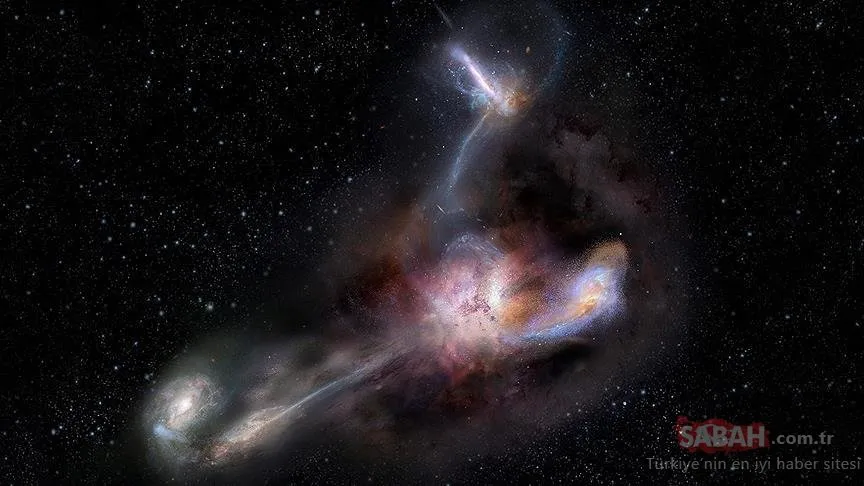In the newly published study in the US, it was reported that the James Webb Space Telescope discovered 6 large galaxies.
The Webb Telescope’s new discovery in the distant universe, which observes the universe in infrared light and can detect faint light from ancient stars and galaxies, is claimed to change existing theories about the origins of galaxies, CNN reported.
Study co-author Joel Leja, professor of astronomy and astrophysics at Penn State University, and colleagues began analyzing James Webb data and the telescope’s first high-resolution images after it was published in July last year.
Leja said that the 6 galaxies discovered by the telescope were much larger than expected, saying that they expected to find “small, young, baby galaxies” but discovered “galaxies as mature as ours”.
“The revelation that massive galaxy formation began at an extremely early date in the universe reverses what most of us consider established science.” Leja, using the expression, said that they unofficially called the discovered galaxies ‘universe breakers’.
– There is a possibility that they are black holes.
In the study, which stated that the discovered galaxies conflicted with 99 percent of the models representing the early galaxies in the universe, it was noted that scientists should rethink how the galaxies in question formed and developed.
Current theory suggests that galaxies are tiny clouds of stars and dust that grow over time.
Leja said one way to determine why galaxies are growing so fast might be by taking a spectrum image.
“While the data suggest these are possible galaxies, I think it’s possible that a few of these objects are hidden supermassive black holes,” Leja said. said.
The research was published in the journal Nature.

